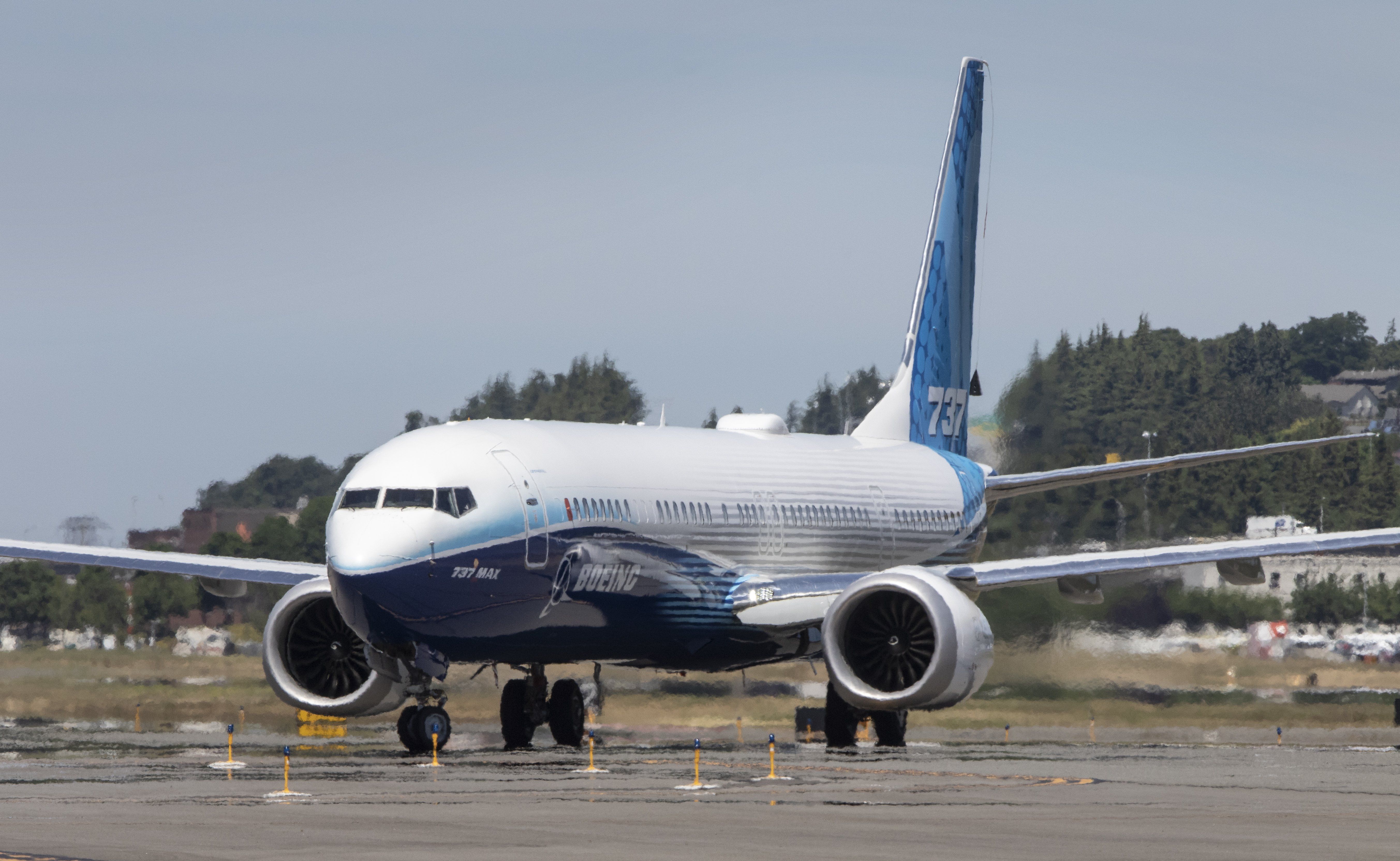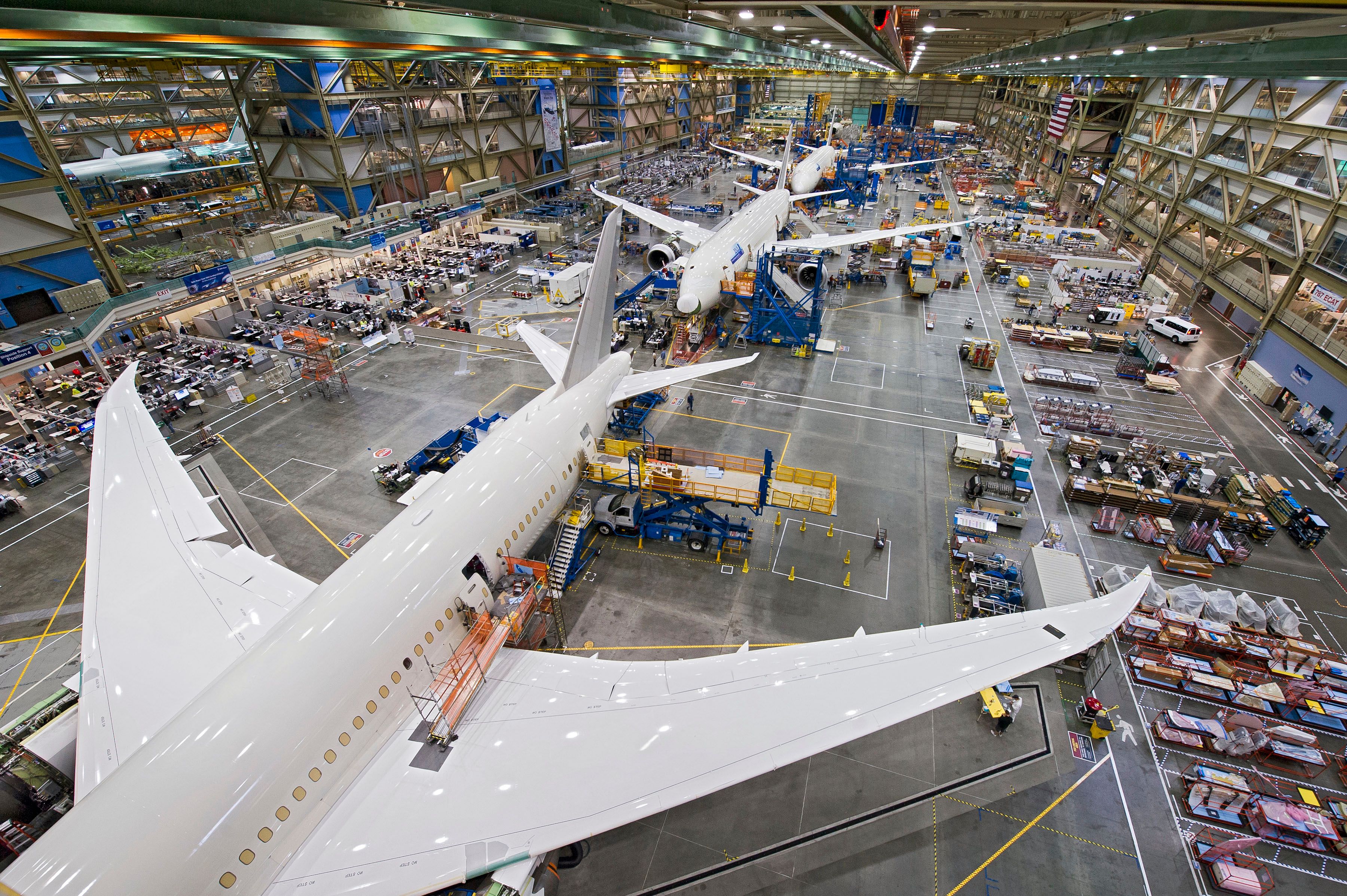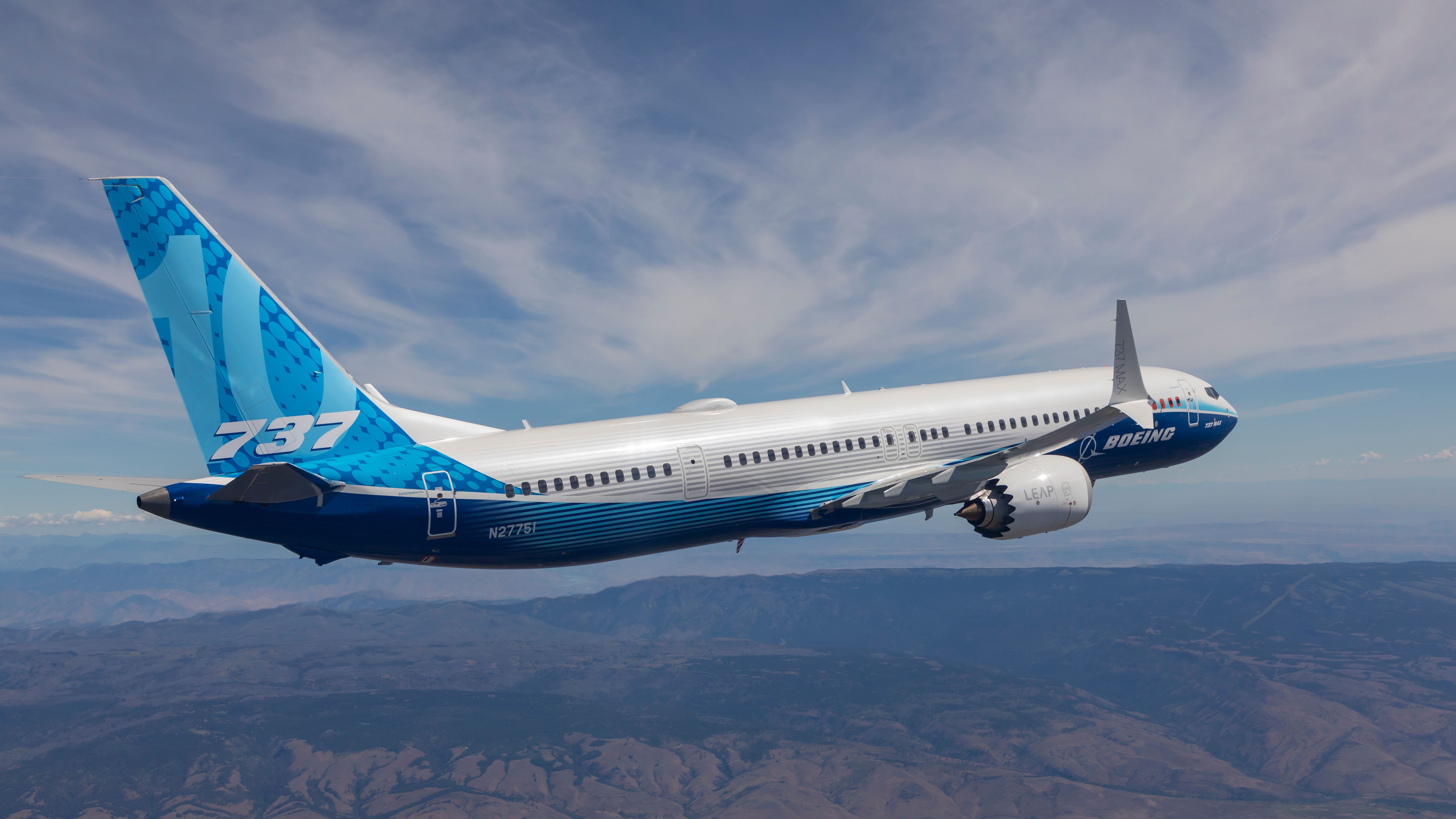Boeing Chief Executive Officer David Calhoun confirmed to investors this week that the aircraft manufacturer is not looking to introduce a brand-new model anytime soon. He cited the lack of propulsion systems on the horizon that can deliver the improvements to make developing a new airframe worthwhile.
As aircraft often remain in the market for many years, Calhoun wants the next jet to be groundbreaking rather than rushed through to fill a gap. He explained that fuel efficiency and carbon emissions reductions are crucial hurdles that Boeing must overcome before moving forward.
Boeing estimates that customers will want 20-30% cost savings over existing models before considering a fleet renewal. Aircraft manufacturers can achieve this partially by integrating new technology, but a significant portion will likely come from reduced fuel consumption. CEO of Boeing, Dave Calhoun, cited the lack of propulsion technology available that would deliver the desired efficiency:
“If it doesn’t have a sustainability wrapper all around it, if it can’t meet the emissions tests, if it can’t deliver significant performance advantages, then there won’t be an airplane.”
He went on to conclude,
"There'll be a moment in time where we'll pull the rabbit out of the hat and introduce a new airplane sometime in the middle of the next decade."
 What could a new aircraft look like?
What could a new aircraft look like?
There have long been rumors of a new midsize airplane (NMA), the mythical Boeing 797. Boeing confirmed earlier this year that there was not currently a product in development until sufficient technological advances to justify it. Two of the most rumored options for the next generation of aircraft are a twin-aisle jet to directly replace the Boeing 767 or a narrowbody to rival the Airbus A321XLR.
The upcoming 737 MAX 10, the longest of the MAX series, will almost match the A321XLR in seating, but not in its range. The aircraft can fly up to 3,300 NM compared to 4,700 NM for the A321XLR. Another niche is the gap between the Boeing 737 family and the 787, left by the single-aisle Boeing 757. Calhoun, however, is aiming for something more groundbreaking:
“I don’t want to fill a gap in a product line. I want to build a product that is going to differentiate in a way that absolutely substitutes the airplanes that came before it.”
 What is still in the works?
What is still in the works?
The manufacturer was seen trialing the second-to-last of its iconic Boeing 747 "Queen of the Skies" this week. The first of two Boeing 747-8 freighters bound for Kuehne+Nagel under a long-term agreement with Atlas Air was spotted performing a fuel test flight on Wednesday.
Boeing is also still racing to certify its 737 MAX series additions. The smaller 737 MAX 7 is still aiming to achieve certification by the end of the year. Certification delays will likely push the Boeing 737 MAX 10 to the Summer of 2023. The first of the type for United Airlines was spotted in its signature livery earlier this month.
Follow more Boeing News here.
Deliveries of the Boeing 787 Dreamliner resumed earlier this year, and the manufacturer is said to be considering a 787 Freighter to replace the Boeing 767F.
What could be the next steps?
Elsewhere in his remarks, Calhoun stated that he did not see hydrogen as a realistic solution to meeting emission targets by 2050 and highlighted advances in autonomous technology. The company is currently working with Wisk to develop an autonomous air taxi in the US. The most recent eVTOL model was unveiled this month and promised a 90-mile range on a charge time of just 15 minutes.
Source: Reuters


